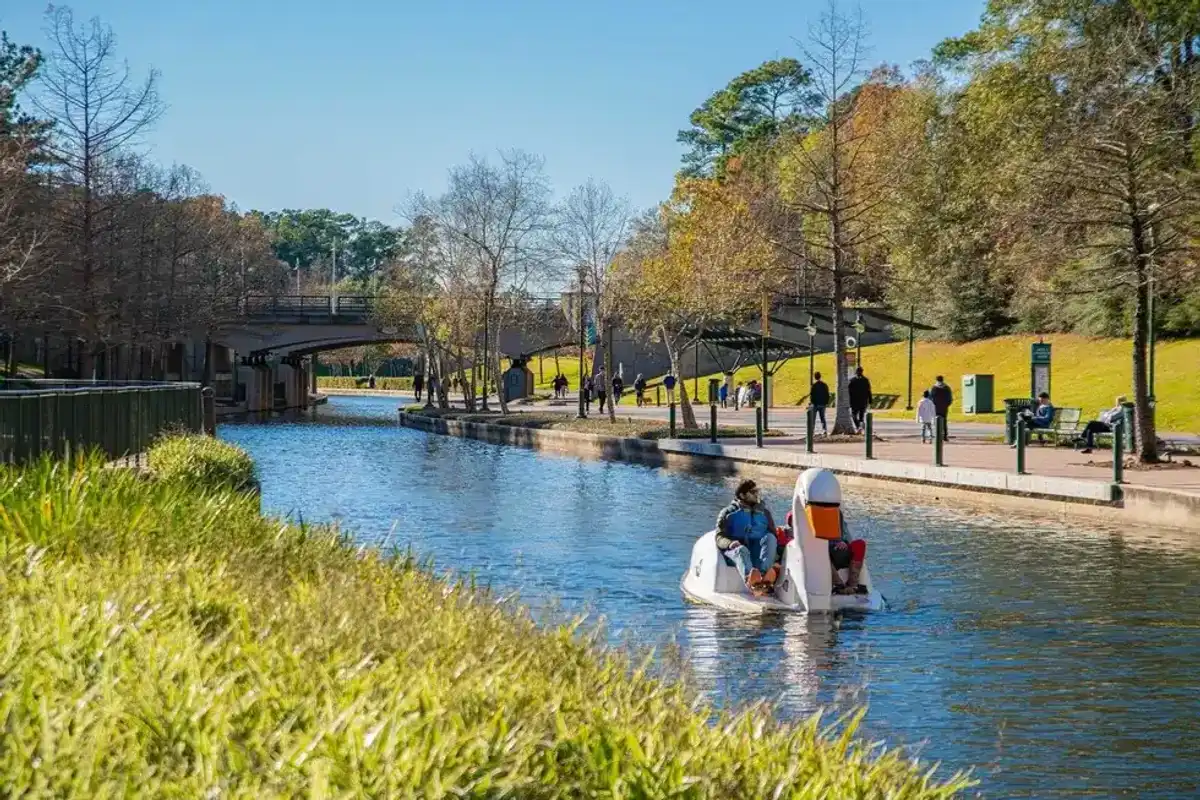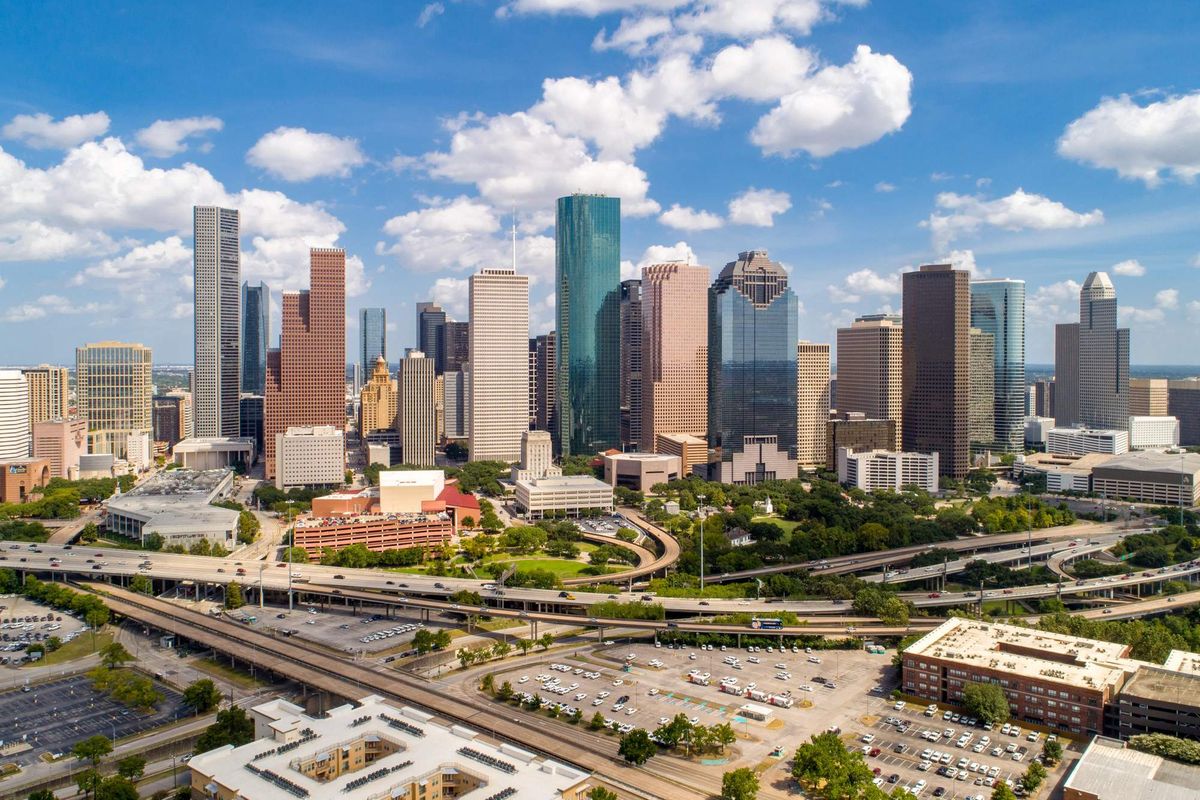Houston's workforce is at a crossroads of industry challenges and AI opportunities
guest column
Houston's industrial and energy landscapes are at a pivotal juncture. We're witnessing an undeniable gap in technical expertise that's hard to ignore. At the same time, there's a rising wave of artificial intelligence-driven solutions that could be the answer we've been searching for.
The expertise shortfall
Our city has always been the pulse of the energy and industrial sectors. We've grown, we've innovated, and we've set benchmarks for the world. But as we steer ahead, a pressing concern looms large: the dwindling pool of technical expertise. This isn't about not having enough hands-on deck; it's about not having the right hands to navigate our industries' intricate machinery and complex systems. Pipelines, refineries, renewable energy solutions – these are the cornerstones of Houston's legacy, and we need adept professionals to keep pushing boundaries.
AI: The game changer
But here's the thing: Houston isn't just the hub of traditional energy and industrial operations. We're sitting on a goldmine of data, real-world use cases, and the drive to innovate. Enter AI. It's not just tech jargon; it's a tool with untapped potential, waiting to be harnessed.
We have the industry foundation, the data reservoirs, and the prime use cases that make AI not just viable, but indispensable. Houston is uniquely positioned to lead this AI revolution. We're not just talking about implementing AI; we're talking about innovating with AI, tailoring it to our city's and our industry’s needs, and setting a precedent for the global stage. This is where the challenge meets opportunity. We have what it takes to mold AI solutions that can fill the expertise gap and propel our industries to new heights.
Houston's call to action
If there's any city poised to be the epicenter of AI, it's Houston. We've always been pioneers, and this is our chance to solidify our position as global leaders once again. Houston has everything: the industries, the data, the use cases, and most importantly, the ambition. The question isn't whether we can usher in an era of AI-enhanced operations; it's how swiftly we can do it.
Our city is on the brink of something monumental. It's time we leverage AI to not just bridge the expertise gap but to create an industrial future that's resilient, innovative, and unparalleled. So, to industry leaders, stakeholders, and visionaries, here's the pitch: Houston's at a crossroads, and the path we choose now will shape our legacy for decades. It's time we lean into AI, harness its potential, and ensure that our city remains the powerhouse it's always been.
However, this one question remains: Are you, this city's industry leaders, ready to redefine Houston's legacy in the face of an expertise challenge, or will you stick to the status quo and risk stagnation?
------
Marty Dytrych is the co-founder and CEO of Industrial Data Labs.





